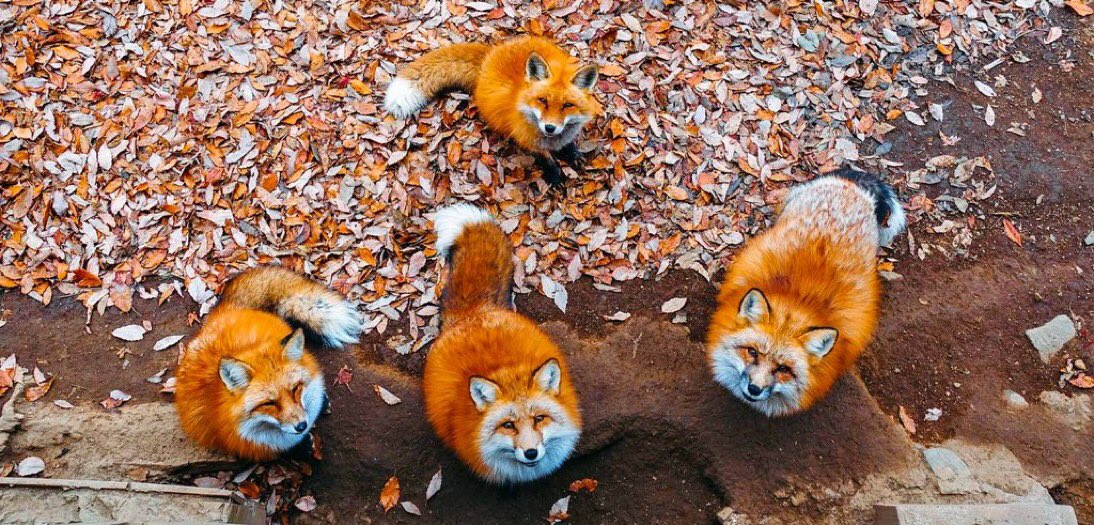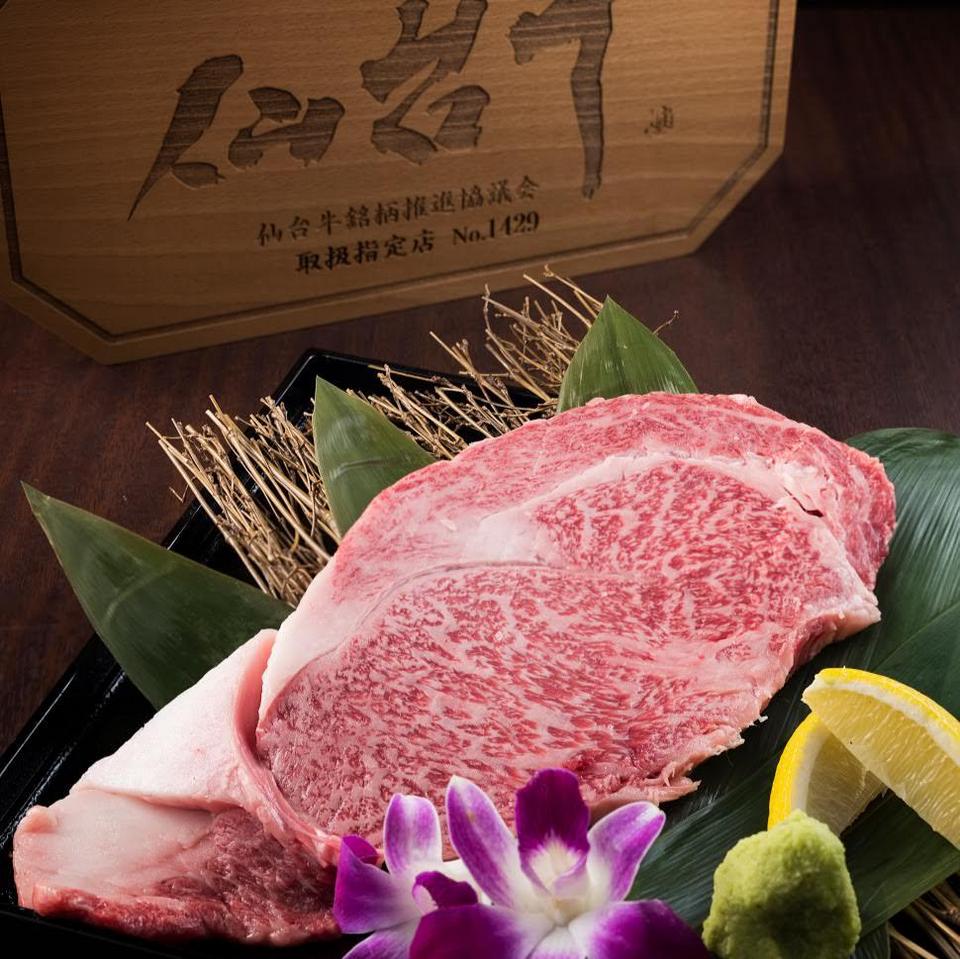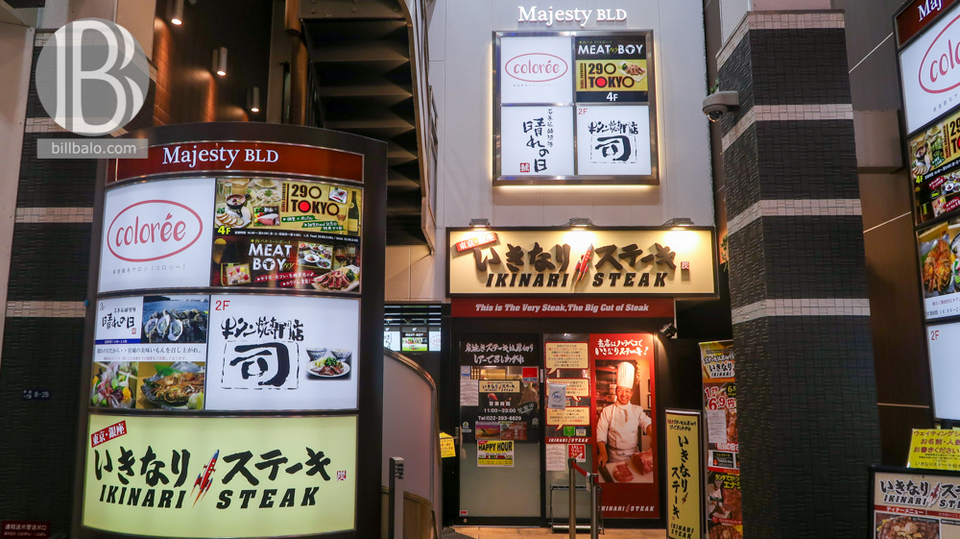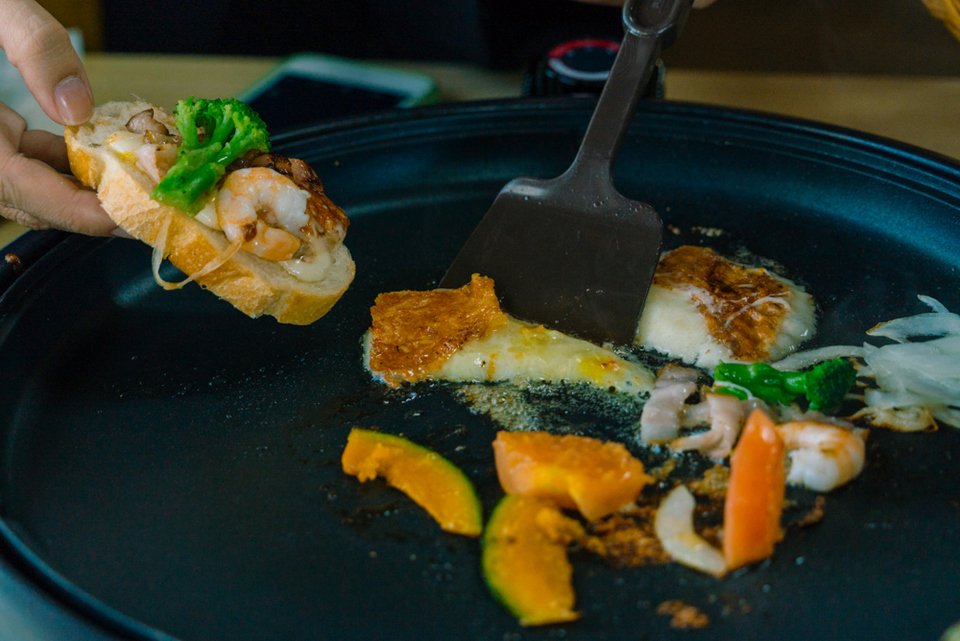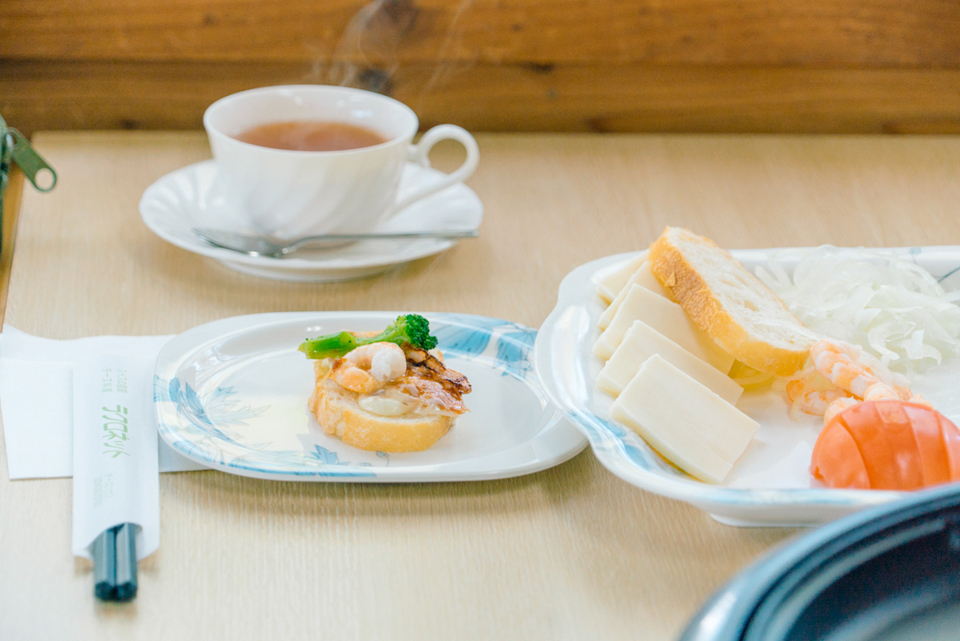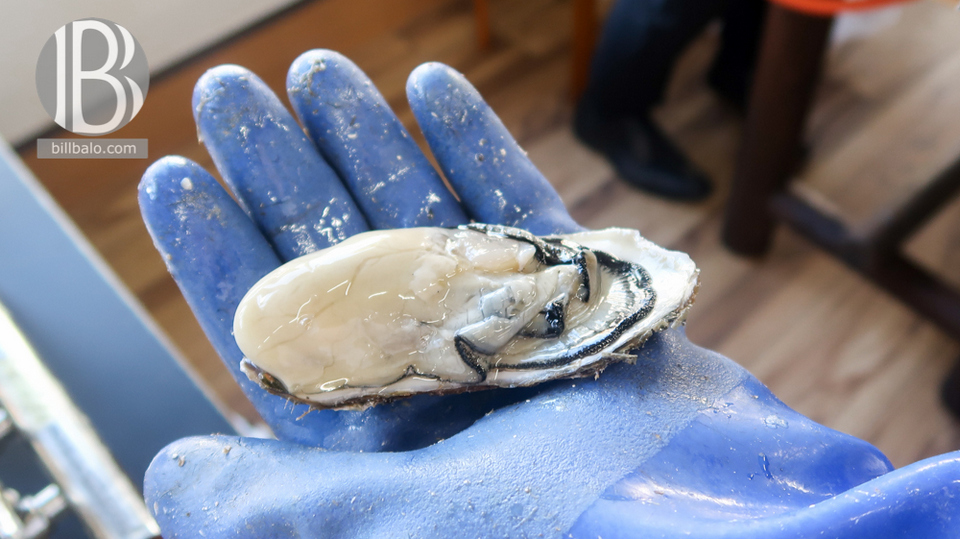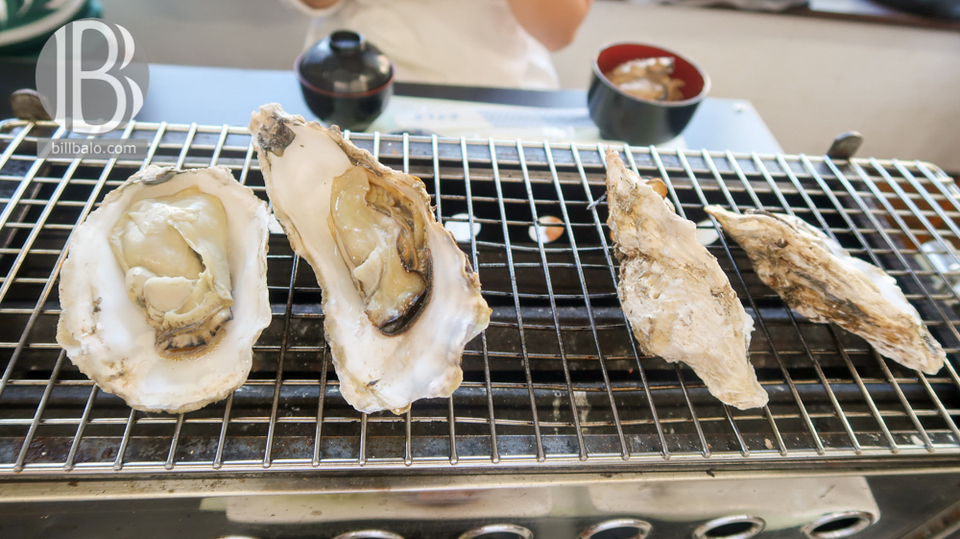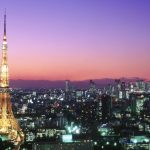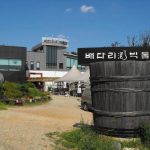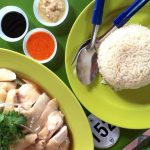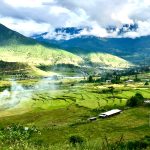Miyagi food blog — 4 foods you definitely must-try & where to taste them in Miyagi
On BillBalo, I recently published several travel blogs about Miyagi and its capital city, Sendai. This blog will be the second in a series about Miyagi, in which I will introduce the best dishes that anyone visiting Miyagi, Japan, should try. Continue reading if you want to be more informed, or if you’re just curious about what kinds of treats this lovely Japanese prefecture has to offer. So, what should you eat in Miyagi and where should you eat in Miyagi? Now, to find out the answer, visit our Miyagi food blog, which features the 7 best foods you absolutely must eat and try in Miyagi, Japan!

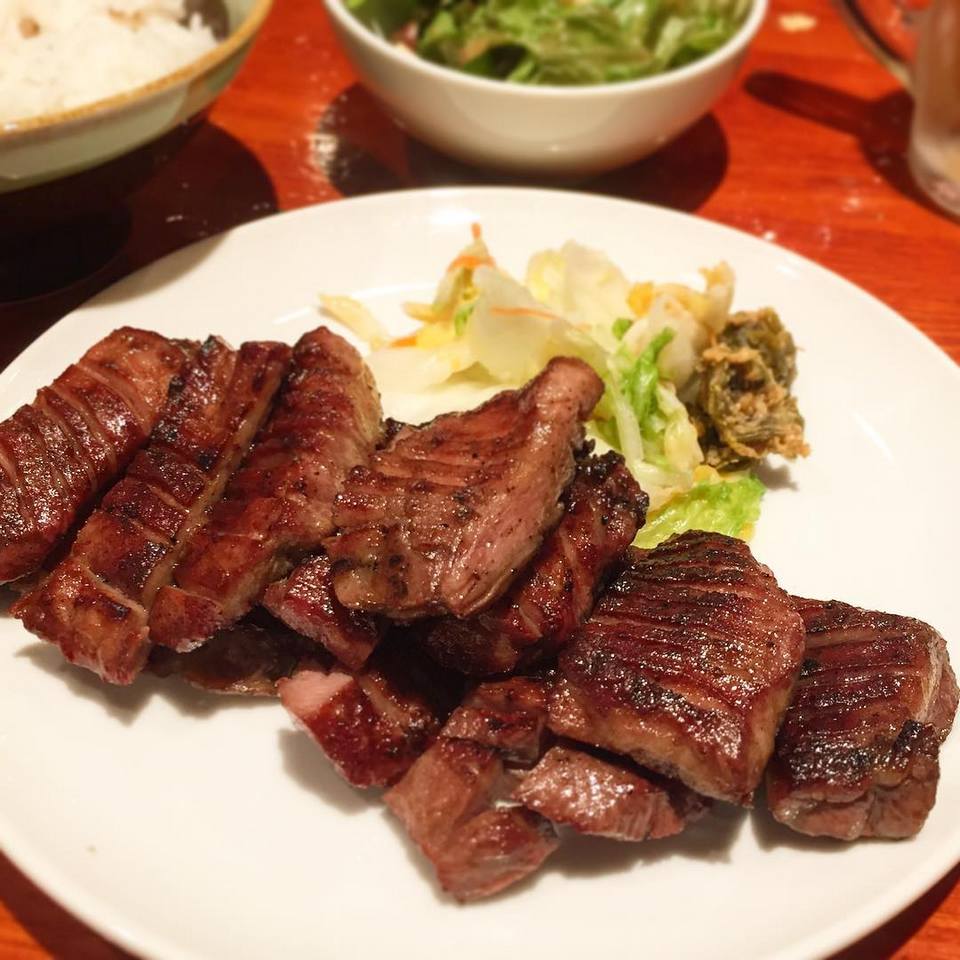
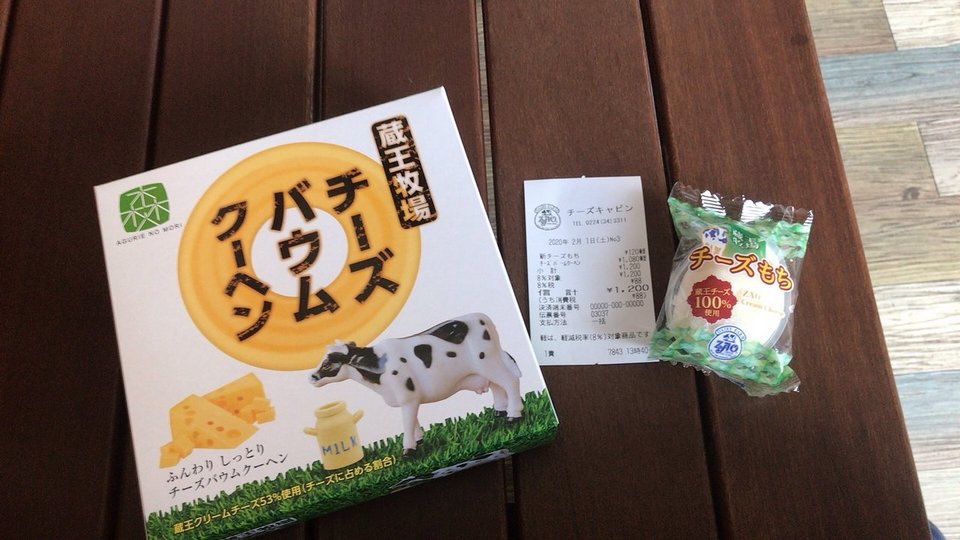
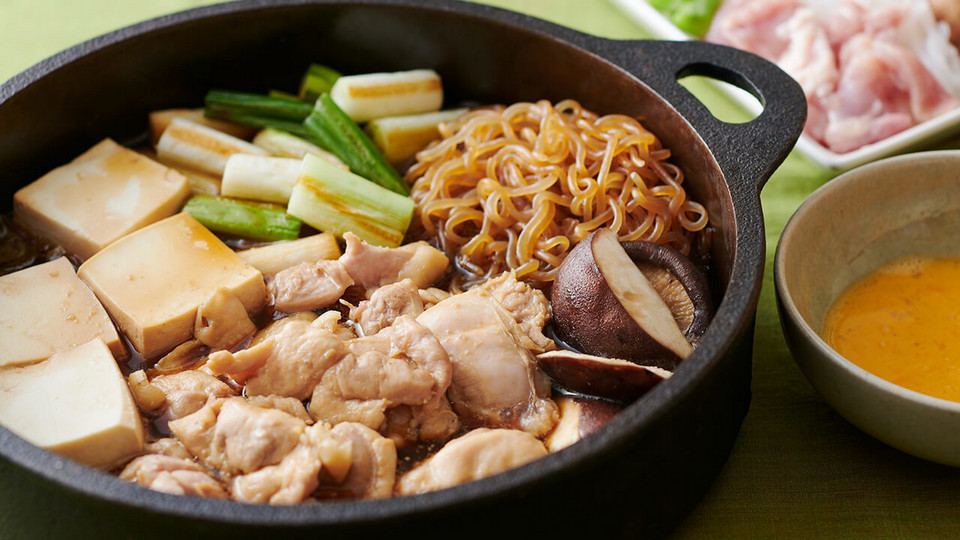
Famous Miyagi food: Try Sukiyaki Hotpot with A5 qualified delicate Sendai beef

It is common knowledge in many countries, whether in Vietnam, Oceania, or Europe, that Kobe beef is the best meat in Japan and the world. However, it wasn’t until I visited Miyagi that I realized that the quality of beef is rated on a national scale, from A1 to A5, with A5 being the best of the best. There is only one place in Japan that can effectively raise cows capable of producing A5 quality meat: Sendai beef. As you may know from my previous blogs, Sendai is the largest city in Miyagi province and is well-known for its Gyutan beef dishes, particularly the cow tongue.
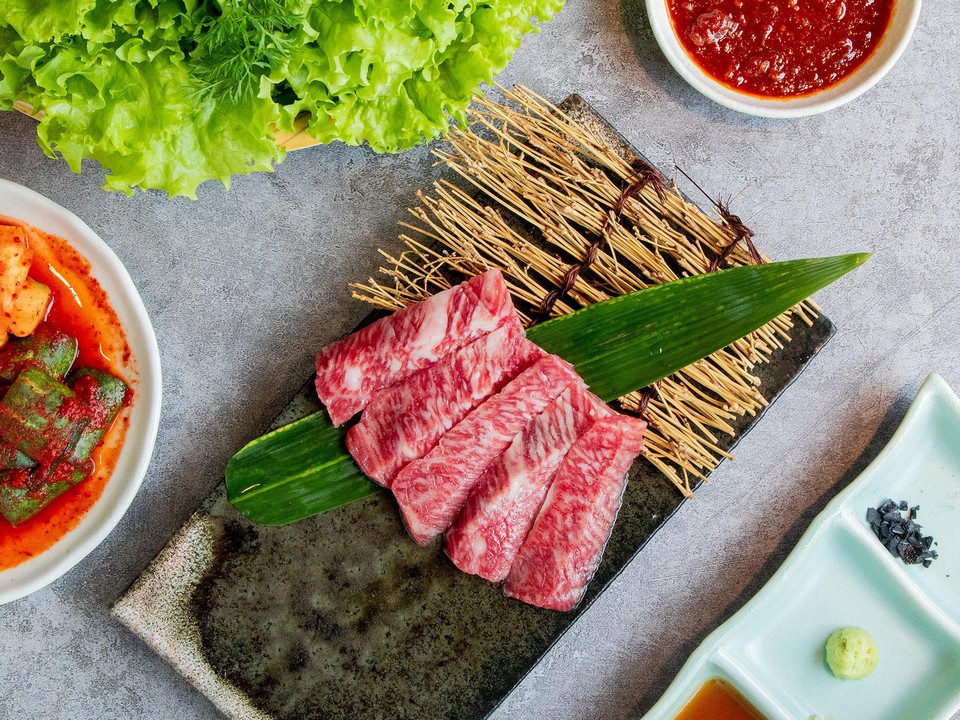
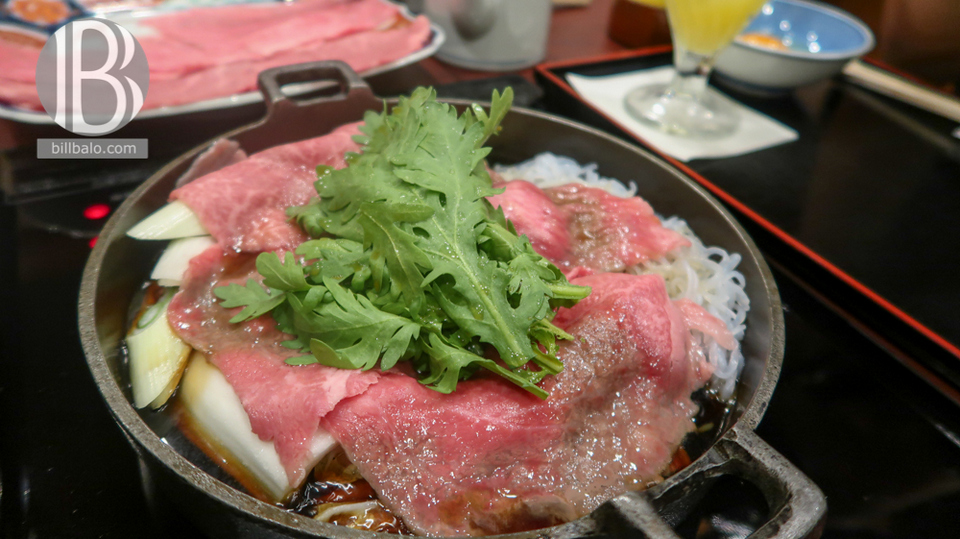

Sukiyaki Hotpot (I like to describe it as “dry hotpot” because very little broth is in the hotpot): The ingredients of Sukiyaki hotpot including the broth (Japanese soy sauce) and fresh beef, and some other special add-ons such as:
Ito Konnyaku (Shirataki): Shirataki is also referred to as “Konnyaku noodles.” Most people enjoy eating noodles in hotpot, but this one is unique. When the noodles are cooked, they shrink and dry out, making them extra absorbent when you add the salty broth. This is provided specifically for dieters because Shirataki is almost 97 percent water, with the remaining 3 percent being indigestible fibre. Shirataki noodle is an effective weight-loss tool because the fibre makes you feel fuller for a longer period of time, causing you to eat less.
Chrysanthemum greens and mushrooms: These two kinds of vegetables help enhance the flavour of Sukiyaki Hotpot, the freshness effectively balances the fat of meat.
Raw egg mix: This is going to be used as a dipping sauce. You might be thinking right now, “Shouldn’t raw eggs smell bad?” ”, but they aren’t, at least not in this instance. A Sukiyaki Hotpot is never complete without this 100 percent fresh egg sauce, which is well mixed with both egg yolks and egg whites and is used to dip the entire tasty broth-scalded Sendai beef. The juicy flavor of world-class beef, the saltiness of Sukiyaki broth, and the fatty texture of eggs combine to create an explosive combination inside your mouth; the beef melts on the tongue, and sometimes words are insufficient to describe.

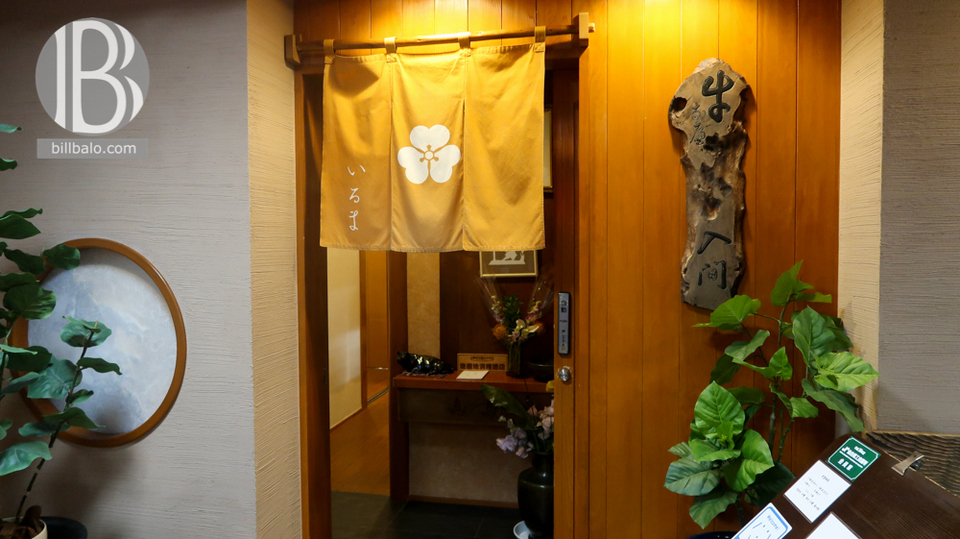
Recommended restaurant with the best A5 beef Sukiyaki Hotpot
Sukiyaki Hotpot restaurant: IRUMA
Address: 4-7-17 Ichibancho, Aoba-ku, Sendai-shi, Miyagi ken (Odakyu Sendai building, B1 floor)
Best Miyagi food: Sendai cow tongue – the dish you cannot miss in Miyagi
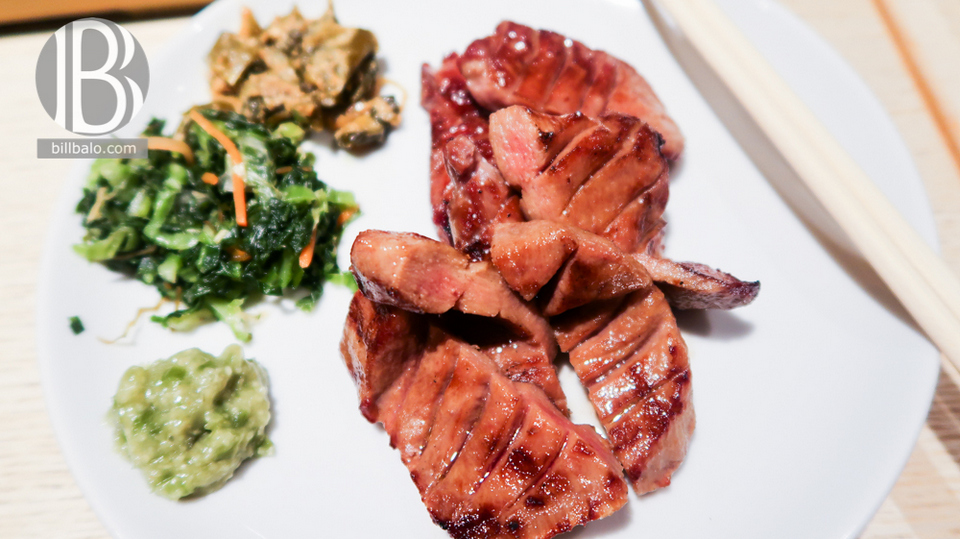
As I previously stated, Sendai in Miyagi is well-known not only for their world-class A5 beef, but also for Gyutan Cow Tongue (Gyu – cow; tan – tongue; Gyutan basically means “Cow tongue”, just in case anyone thought “Gyutan” was a brand name). Almost all major restaurant menus feature Sendai cow tongue. This cow tongue dish was also on the regular menu at Activity Resort Zao, Miyagi (Daiwa Royal Hotel) when I had my buffet dinner. Customers would need to ask the chef of Activity Resort Zao for custom orders if they want a more delicate version.


However, Sendai remains the main location for the best Gyutan restaurants. Many native Japanese urged me to try Sendai cow tongue as soon as possible, but finding Gyutan from genuine Sendai-raised cows was more difficult than it appears, so my best bet was Australian cow tongue made in the Japanese style. Who knows? According to the restaurant owner, Australian beef is superior.
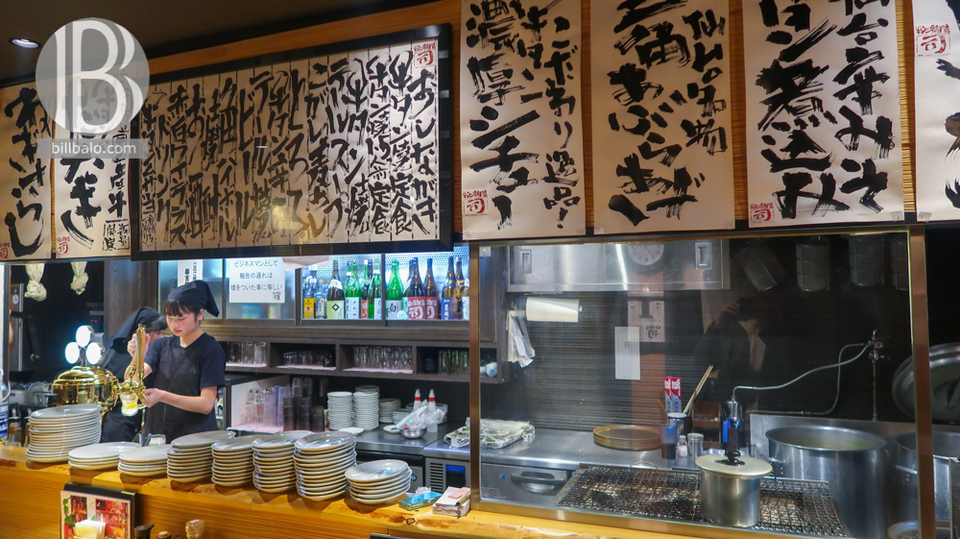
The first thing to know about Sendai beef is how it is cooked – the most common method is on a grill. After being flipped twice over a charcoal fire, the piece of cow tongue will be juicy and tender, with a delicate aroma that will melt on the first bite. The coal used to grill the beef comes from Iwate, which is also in the Tohoku region, like Miyagi. Grilled tongue is typically served with steaming white rice, cow tail soup, and vegetables. The rice is from Miyagi, which is known for its vast rice fields, as I’ve mentioned in previous posts. White rice is combined with oatmeal, which improves the buttery texture and makes it more delicious than regular rice. Cow tail soup goes super well with rice, as all the nutrition from cow tails is extracted after 5 hours of boiling, tasty and healthy.
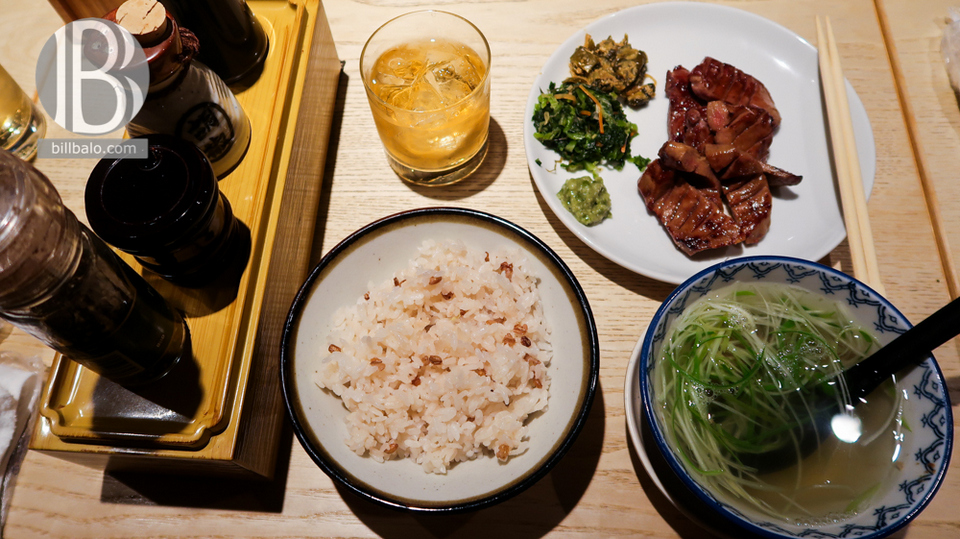
In general, you really should try the cow tongue dish of Miyagi, I am literally mouth-watered when recalling this memory.
Below is my recommended place to experience the best cow tongues in Sendai, note this down:
Grilled beef restaurant: TSUKASA
Address:
- 1F Seto Building, 2-13-27 Kokubun-cho, Aoba-ku, Sendai-shi, Miyagi ken (I take this address from the restaurant website)
- 2F Majesty Building, 1 Chome 8-25, Center 1, Sendai, Aoba District, Miyagi Prefecture (this is the one I have been to, they are a chain with 3-4 restaurants with a branch in the United States).
- Important note: customers must reserve a table in advance because there are only 24 seats in the whole restaurant.
Must eat Miyagi food: Cow milk cheese from Zao, Miyagi

Zao has a large milk cow farm with a self-contained manufacturing process, from milk cow raising to milk product production. Among all of these items, there is one that visitors to Zao, Miyagi, must try: Kuranet, a famous Zao cheese dish served with Mozzarella cheese and French baguettes.
First and foremost, visitors to Zao Dairy Farm are educated on cheese and the cheese-making process (if you ask, otherwise you may not be informed about the insights). Kuranet also comes in two varieties: original cheese and flowery cheese (cheese mixed with some kind of flower) – this one is more yellowish than the original.
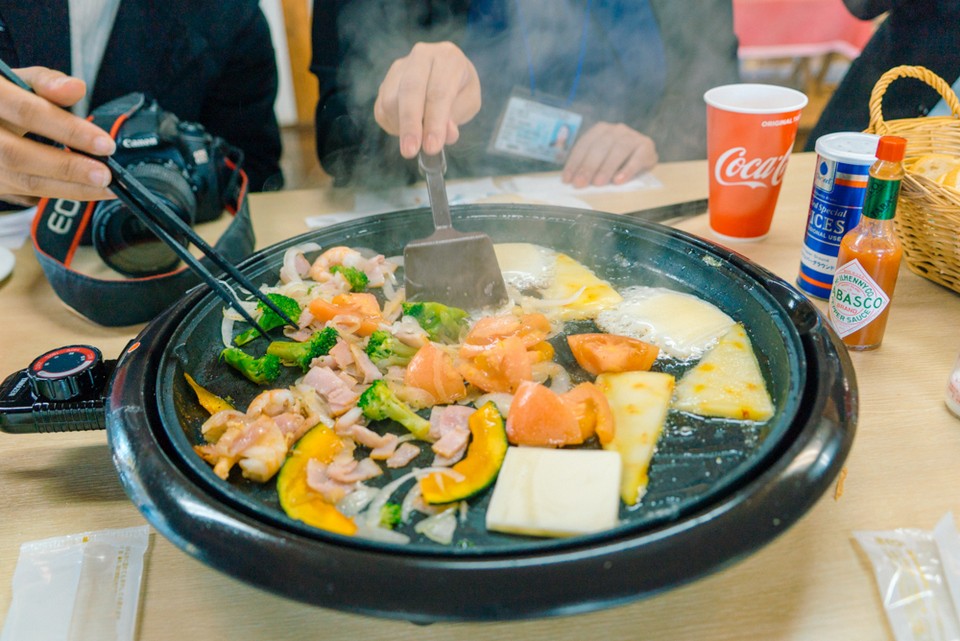
Fresh cheese will be sautéed alongside shrimp, smoky bacon, onions, pumpkin, broccoli, and tomatoes. After all of the components have been thoroughly cooked, we place them on a slice of French baguette and bite as a whole. The first bite was flawless, and the second bite was tantalizing. I swear I’ve never tasted cheese as good as that day.
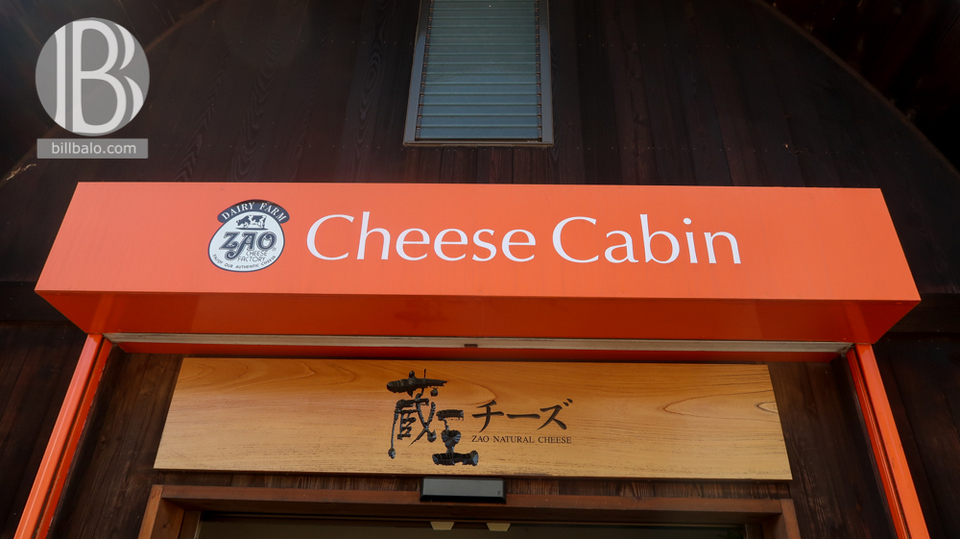
Apart from dairy goods like cheese, this store also sells ice cream made of fresh cow milk and many other canned products which can be used as souvenirs for your friends and family.
To experience the heavenly taste like I did, check out this address:
Zao Dairy Farm
Address: Nanokahara-251-4 Togattaonsen, Zao, Katta District, Miyagi Prefecture 989-0916, Japan
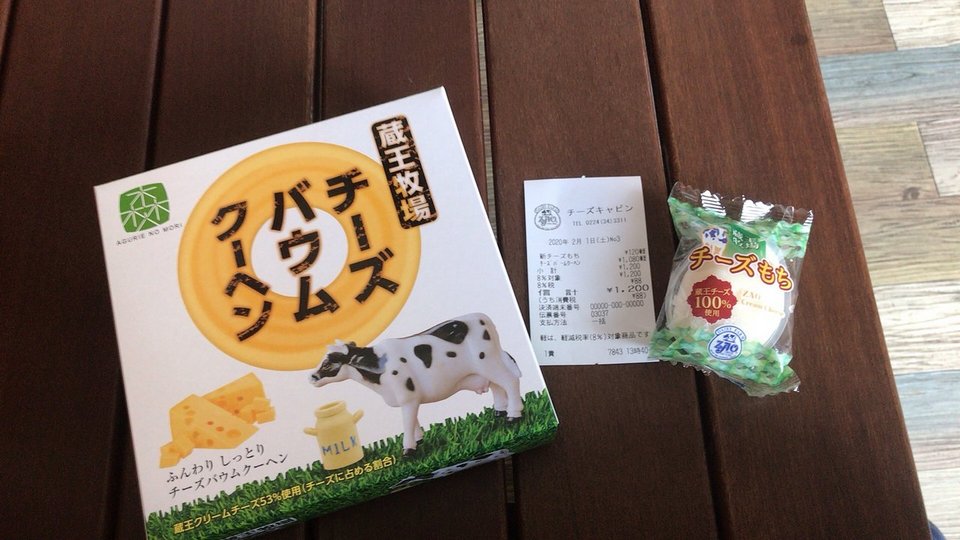
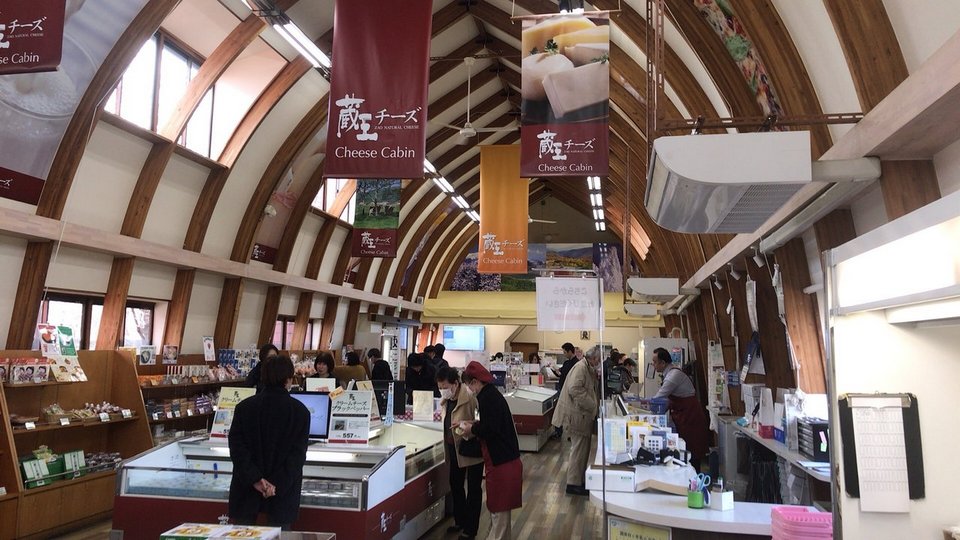
Must try Miyagi food: Miyagi oyster, Oyster restaurant in Matsushima
If you like seafood, you’re in luck because the Miyagi oyster is the most famous not only in Japan, but also around the world. I had the opportunity to visit the Suenaga Kaisan seafood factory in Miyagi, where they process and sell oyster and scallop products. This factory exports to Vietnam, the United States, and a variety of other countries, owing to their stringent process and the generally high standards of the Japanese.
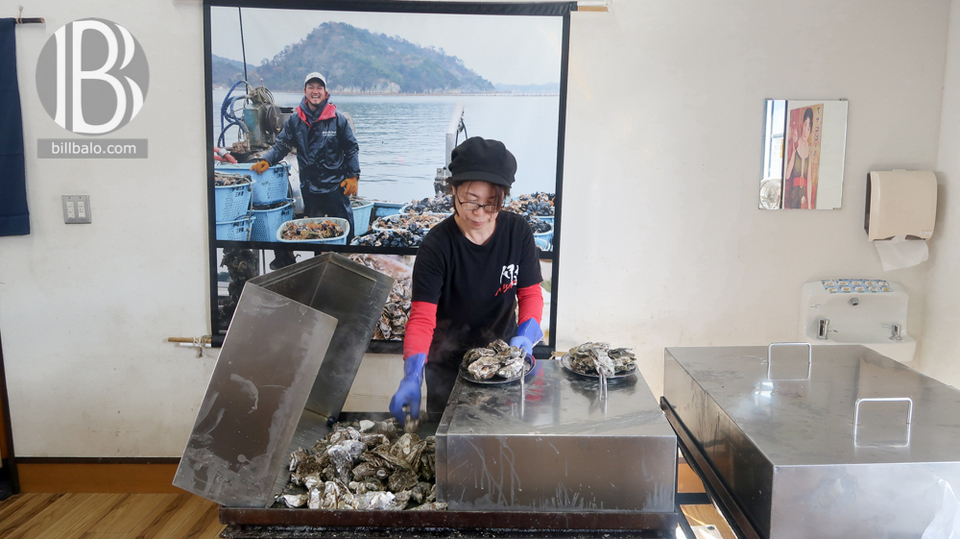
Oyster can be prepared in a variety of ways, including grilled oyster, steamed oyster, smoked oyster, oyster sashimi (raw oyster), and so on. Miyagi oyster is so delicious and fresh that you can simply break the shell with a knife and eat it right away without any additional processing steps, and it is completely safe. Isn’t it true that eating raw seafood is the norm in Japan?
During your visit to Miyagi, if you have the chance to see Matsushima city, you may want to try an oyster restaurant. Customers usually choose oyster buffet, oyster hotpot or pick separately from the menu.
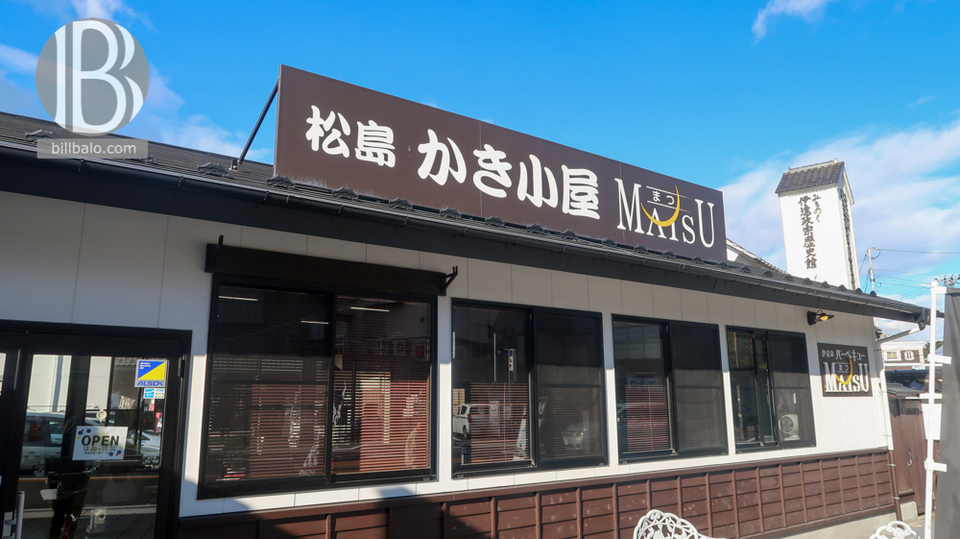
Oyster restaurant: MATSU
Address: Fugendo-13-13 Matsushima, Miyagi District, Miyagi Prefecture 981-0213, Japan
